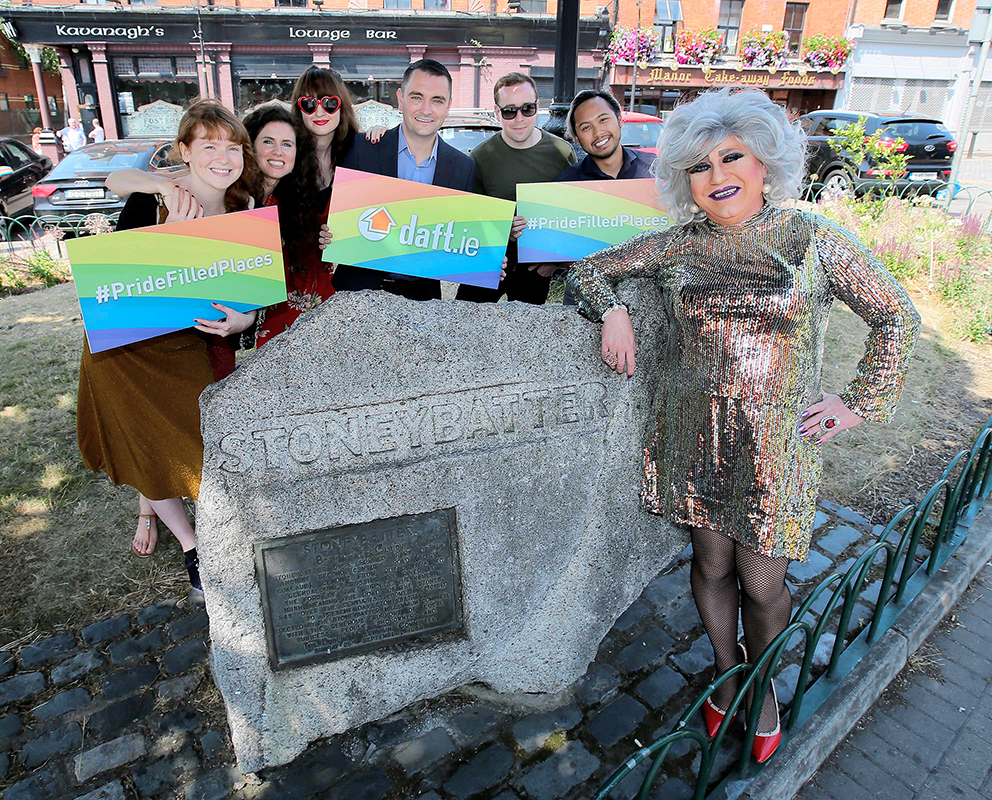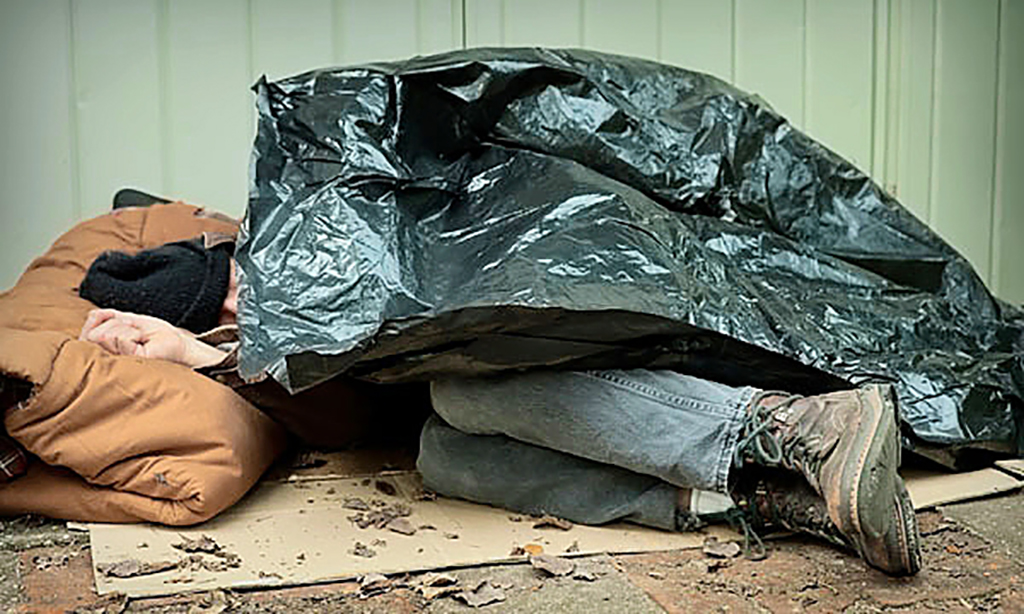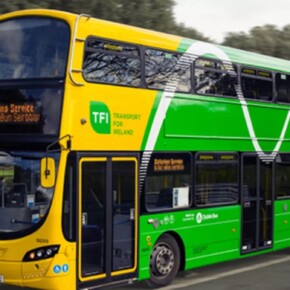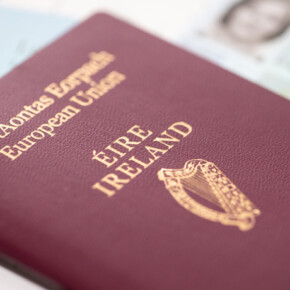Stoneybatter is largest gay neighbourhood
Dublin People 30 Jun 2018
IT’S official – Stoneybatter is Ireland’s largest gay neighbourhood.
And an analysis by property listings website Daft.ie has found that rent and house prices are surging faster in the country’s top 10 gay communities.
At least 7 percent of the population were estimated to be in same-sex relationships in Ireland’s top 10 ‘Pride-Filled Places’ report, with Stoneybatter coming out on top with a figure of 8.9 percent.
This was followed by Grand Canal Dock (8.3 percent), Christchurch (8.2 percent), Dublin 8 (7.9 percent), Drumcondra (7.9 percent), Ranelagh (7.6 percent), Rathmines (7.6 percent), Smithfield (7.5 percent), East Wall (7.3 percent) and Dublin 1 (7 per cent).
According to the Daft.ie research, rents in these communities are now 7 percent (or €150 per month) higher than neighbouring areas in the city.
Just as rents have been rising faster in Dublin’s pride-filled places, so too have sale prices. In the last five years alone, house prices have risen by 72 percent in these areas, compared with a 60 percent rise in over 30 neighbouring districts that were also analysed.
The research was conducted by economist and assistant professor of economics at Trinity College Dublin, Ronan Lyons. Commenting on the findings, he said: “In Dublin’s 10 most Pride-Filled Places, 8 percent of the population are in same-sex relationships, almost three times the fraction elsewhere in the city.
“The top 10 areas saw their share in same-sex relationships rise from 5.6 percent in 2011 to 8 percent in 2016.
“Elsewhere in the city, the share rose by just 0.2 percent.”
Mr Lyons added: “Unsurprisingly, this strong level of demand in these neighbourhoods is pushing up sale and rental prices, as the figures show.”
Martin Clancy from Daft.ie added that the data from their analysis, released to coincide with Dublin Pride Weekend, serves both as a celebration and barometer of social change in Ireland over the last number of years.
He said: “Similar research has been carried out in the United States, but for Ireland this is a first and something which is both interesting and informative about the evolution of Dublin’s neighbourhoods and the clear emergence of pride-filled places in the capital.”











